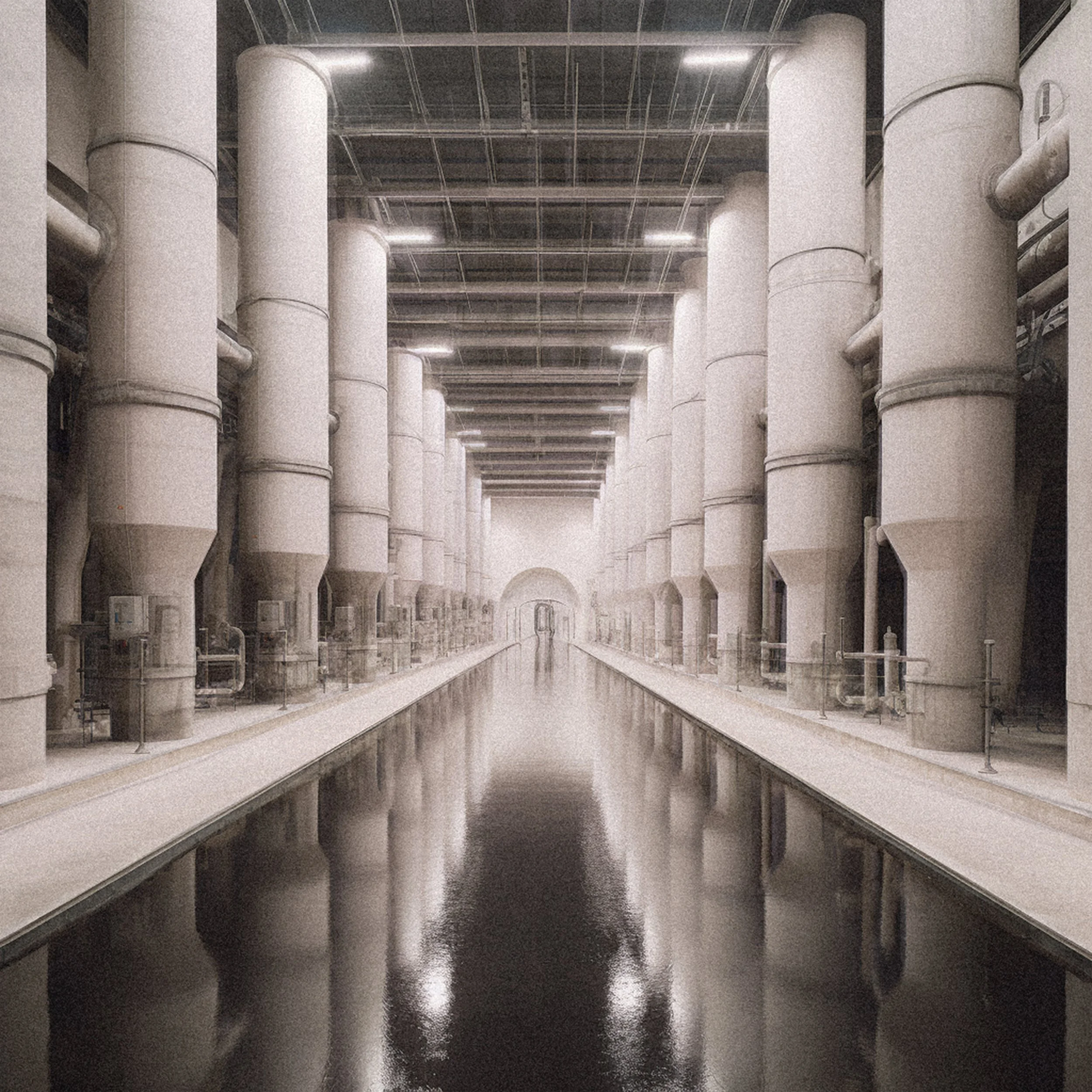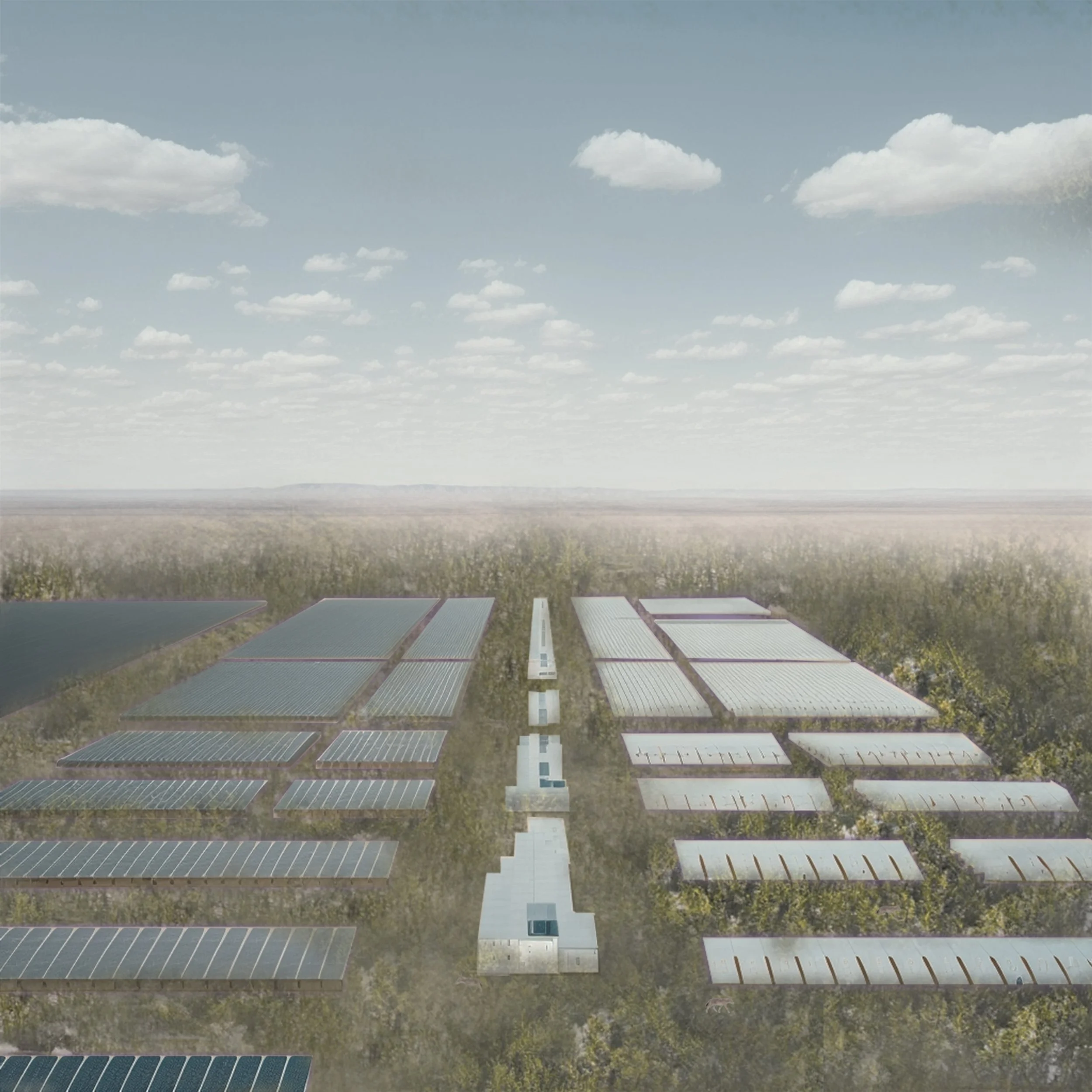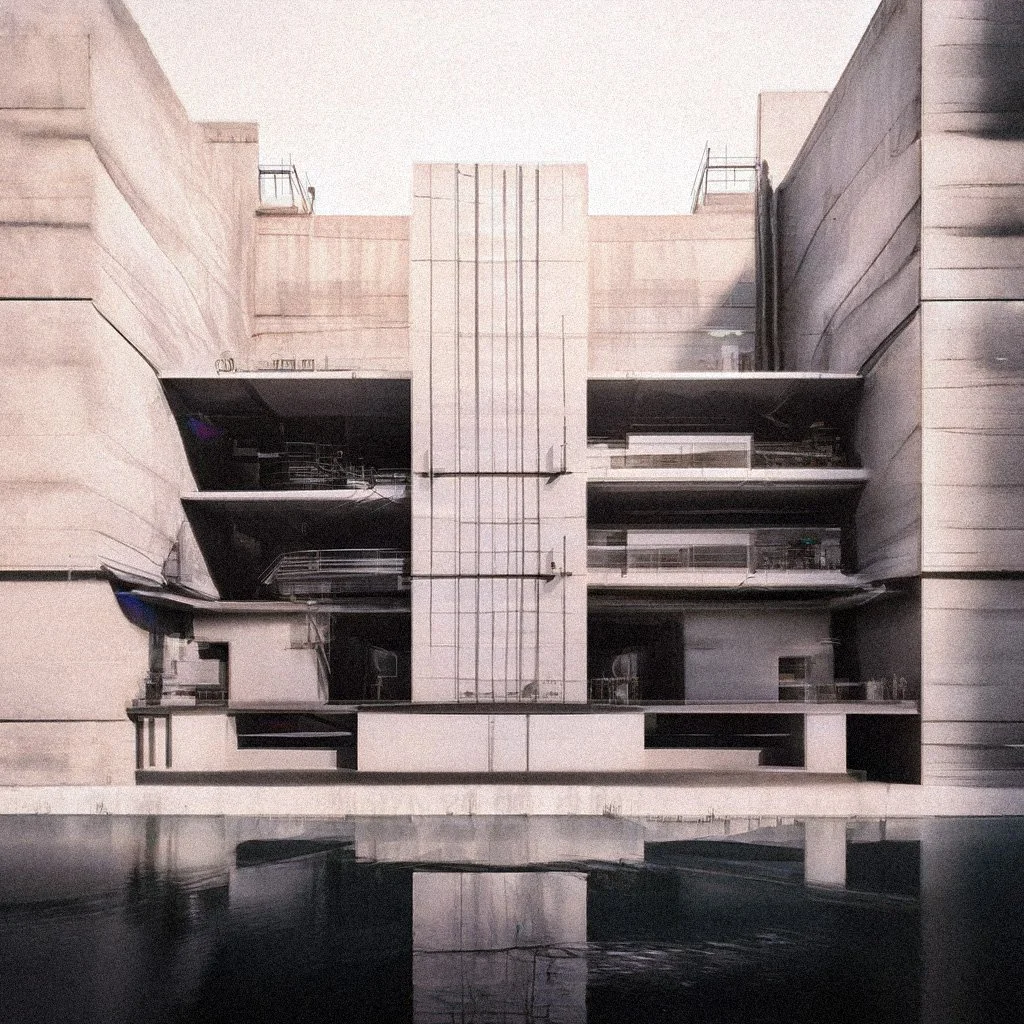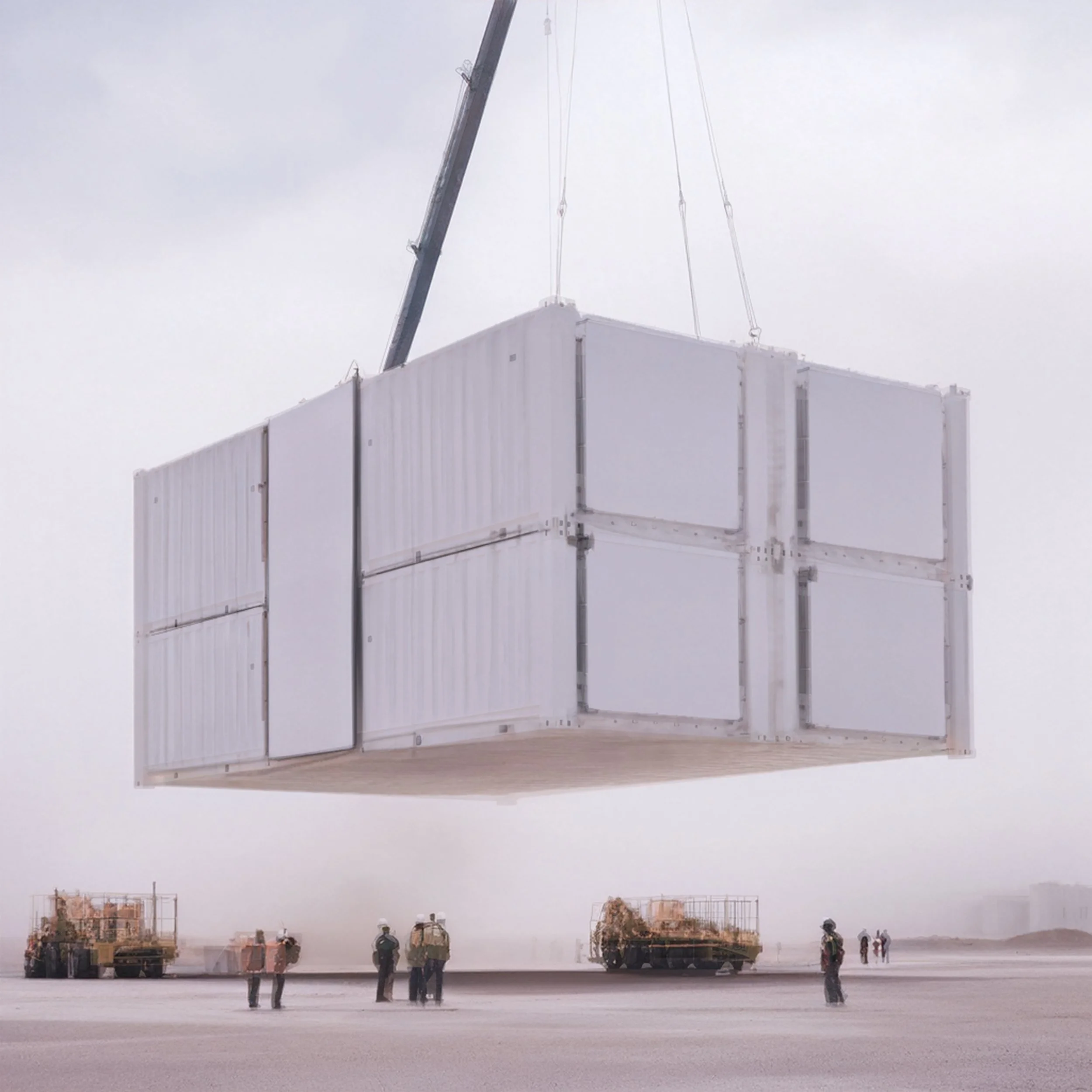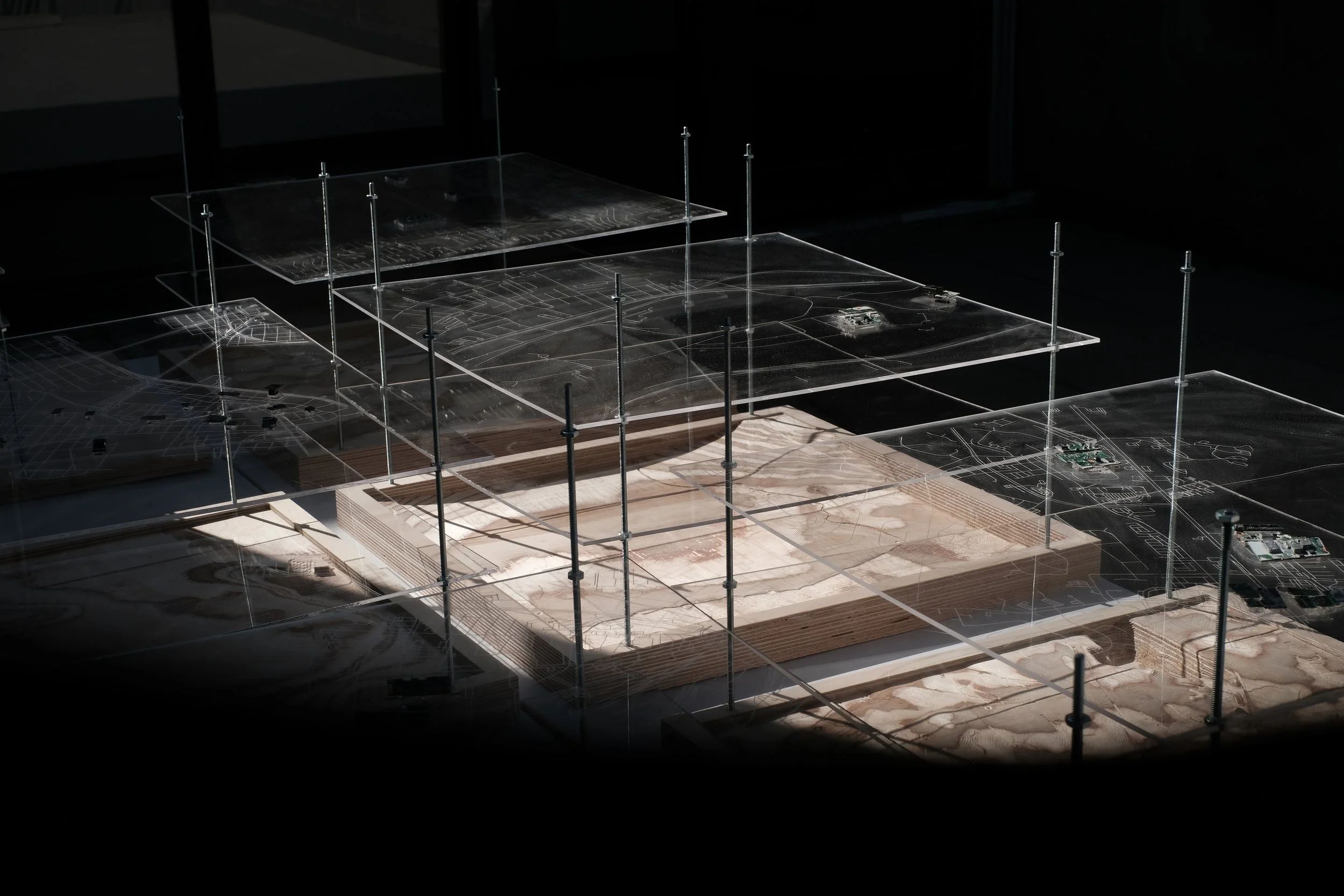inter-infra
Master in Urban Planning - Thesis
Harvard Graduate School of Design
Data centers stand as material structures of the digital world. Given the permeance and expanding necessity of digitalization, this thesis examines the notions of data centers as infrastructure and the contemplations required for such a definition. Despite being an emerging building typology, data centers are predominantly classified by their computing capacity, utility supply and business model. This project investigates data centers geospatially and the environmental and social complications of their presence. It analyzes five sites—(1) Mesa, Arizona, (2) The Dalles, Oregon, (3) Chantilly, Virginia, (4) Secaucus, New Jersey, and (5) New York, New York—based on site characteristics of environment, energy, land use, density, and economy. The endeavor (1) elaborates why data centers are infrastructure and the considerations required for such a paradigm and (2) posits design strategies that reimagine data centers as multifunctional infrastructure that serves beyond the cyber edifice and their futures post-decommission.
Underlying this thesis are motivations to optimize data centers and future iterations of infrastructure in the larger project to promote “public health, safety, comfort, convenience, and general welfare.” (“City Planning History - DCP”) This endeavor has 1) elaborated data centers, infrastructure, and the relation of the two, 2) identified the multi-dimensional implications of the built form of data centers beyond real estate and the intangible function they serve, and 3) postulated some present and future alternatives of their typology that are multifunctional and designed for adaptation post-decommissioning. It also presented two directions for policy consideration. At heart, this work seeks to be useful and enthuse new thinking for planners, designers, data center professionals, real estate developers, and community members to navigate the development of infrastructure in the integrated physical and meta landscapes of our world.













